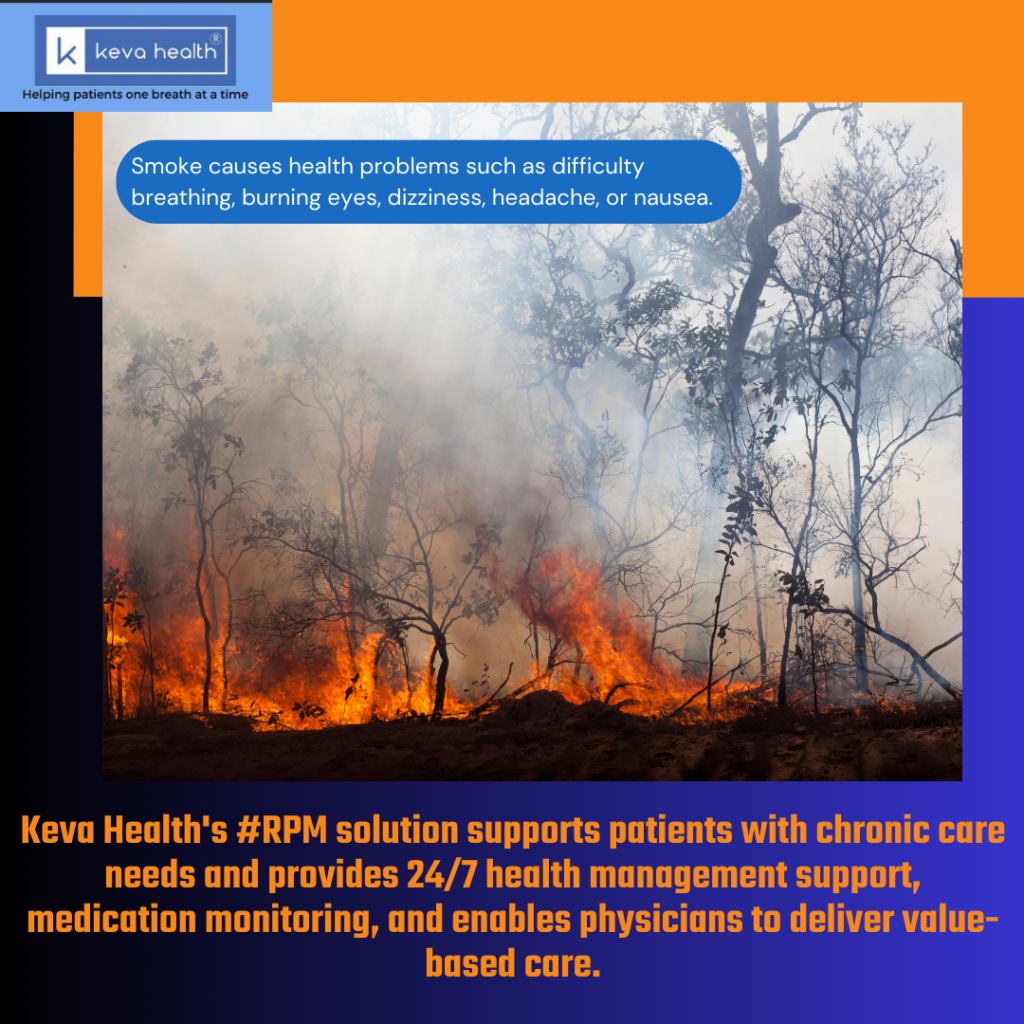Asthma is a common chronic lung disease that can make it difficult to breathe. Taking an active role in managing your asthma treatment will help you maintain better long-term asthma control, prevent asthma attacks, and avoid long-term problems.
Here are some ways in which you can use to control your asthma:
1. Create a written asthma action plan with your doctor.
This written plan will serve as an asthma treatment guide tailored to your specific needs. Having the plan easily accessible on your phone with the Keva Health app will help you keep track and follow the plan.
2. Track your symptoms
Update your symptoms on the Keva Health app every day. Recording symptoms can help you recognize when you need to make treatment adjustments according to your asthma action plan. Use the app to record:
- Shortness of breath or whistling sounds when you exhale (wheezing), coughing or wheezing.
- Chest tightness or pain.
- Quick-relief (rescue) inhaler use — record when you need to use your quick-relief inhaler, such as albuterol (Proventil HFA, Ventolin HFA), and write down how many puffs you take.
- Asthma symptoms during exercise.
- Hay fever symptoms such as sneezing and runny nose.
- Anything that seems to trigger asthma flare-ups.
3. Record how well your lungs are working
Your doctor may have you periodically record the results of breathing tests (lung function tests). If your lungs aren’t working as well as they should be, your asthma may not be under control. There are two main lung function tests:
- Peak flow. This test is done at home with a simple hand-held device called a peak flow meter. A peak expiratory flow measurement indicates how fast you can force air out of your lungs. Peak flow readings are sometimes gauged as a percentage of how your lungs work at their best. This is called your personal best peak flow.
- Spirometry. Spirometry tests can be done at your doctor’s office with a machine called a spirometer. Some people use a hand-held spirometer to take measurements at home. Spirometry tests measure how much air your lungs can hold and how much air you can exhale in one second after you’ve taken a deep breath.
4. Adjust treatment according to your asthma action plan
When your lungs aren’t working as well as they should be, you may need to adjust your medications according to the plan you made with your doctor ahead of time. Your asthma action plan will let you know exactly when and how to make adjustments.
The app can give you easy access to various parts of your asthma action plan and help you determine if you’re doing a good job of keeping your asthma under control.
5. Know your triggers and avoid them
Triggers like allergens and irritants can make your asthma symptoms worse by irritating your airways. The best way to control your asthma is to know what your asthma triggers are and how to avoid them. You can use the KEVA health app can help you keep track of the various triggers over time that has caused your asthma attack
6. Take your asthma medication as prescribed by your doctor
Many people think they can skip their asthma preventer (controller) medications when they don’t feel any symptoms – that’s not true. Asthma is a chronic (long-term) disease. If you have asthma, you have it all the time, even when you don’t feel symptoms. The KEVA health app will send you regular reminders for you to take your medication.
7. Learn how to use the equipment correctly
Your health-care provider can show you how to use your inhaler properly so that the medicine reaches the airways. You can also watch video online or on the KEVA app to learn how to correctly use the inhaler & spacer.
8. Keep fit by exercising
Exercise helps by strengthening your breathing muscles, boosting your immune system, and helping to keep healthy body weight. The key to exercising safely is to make sure your asthma is under control before you start.
About Keva Health
Keva Health’s platform is integrating innovative remote monitoring functionality with evidence based self-monitoring programs for patients with chronic respiratory diseases to improve outcomes and reduce cost. Please contact us at [email protected] for more info.
AsthmaKeva App



Leave a Reply
You must be logged in to post a comment.